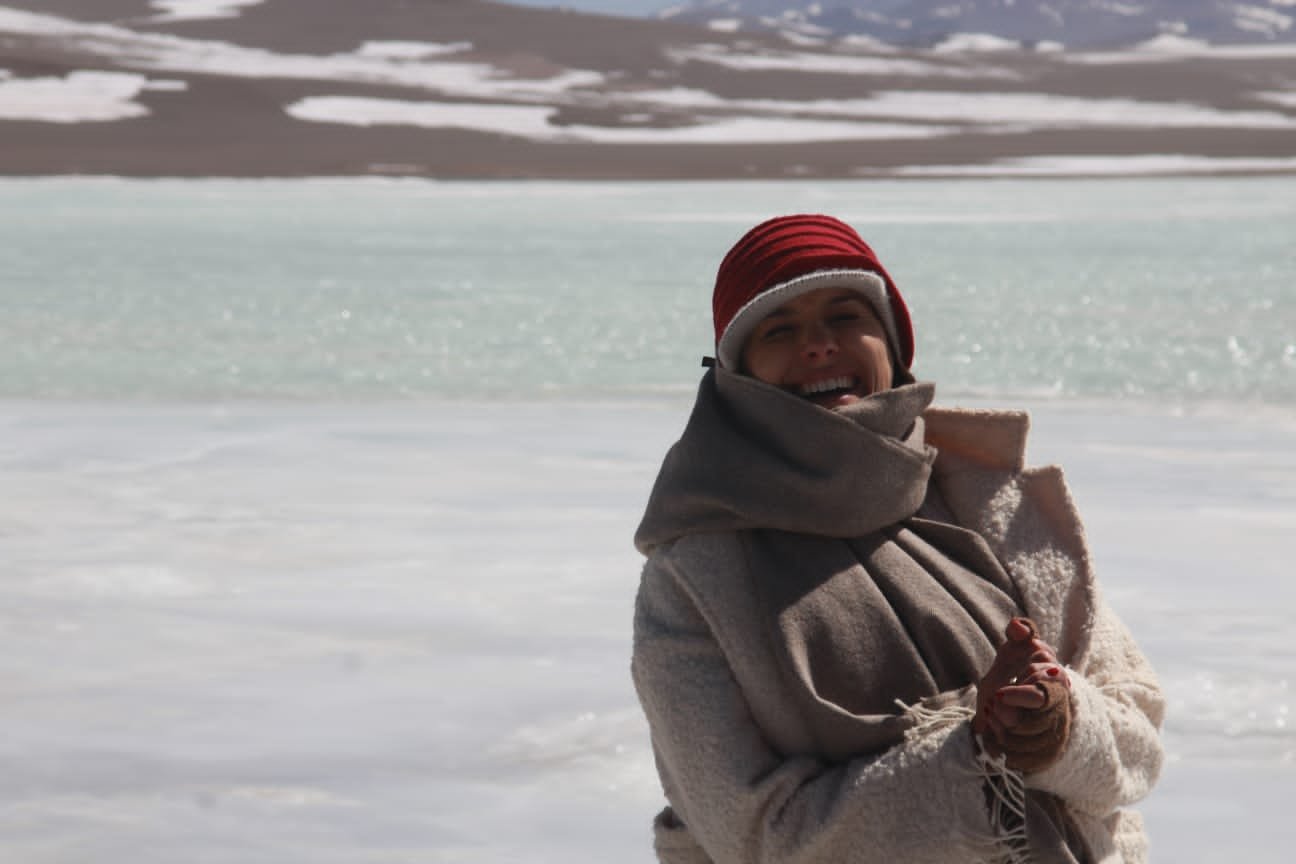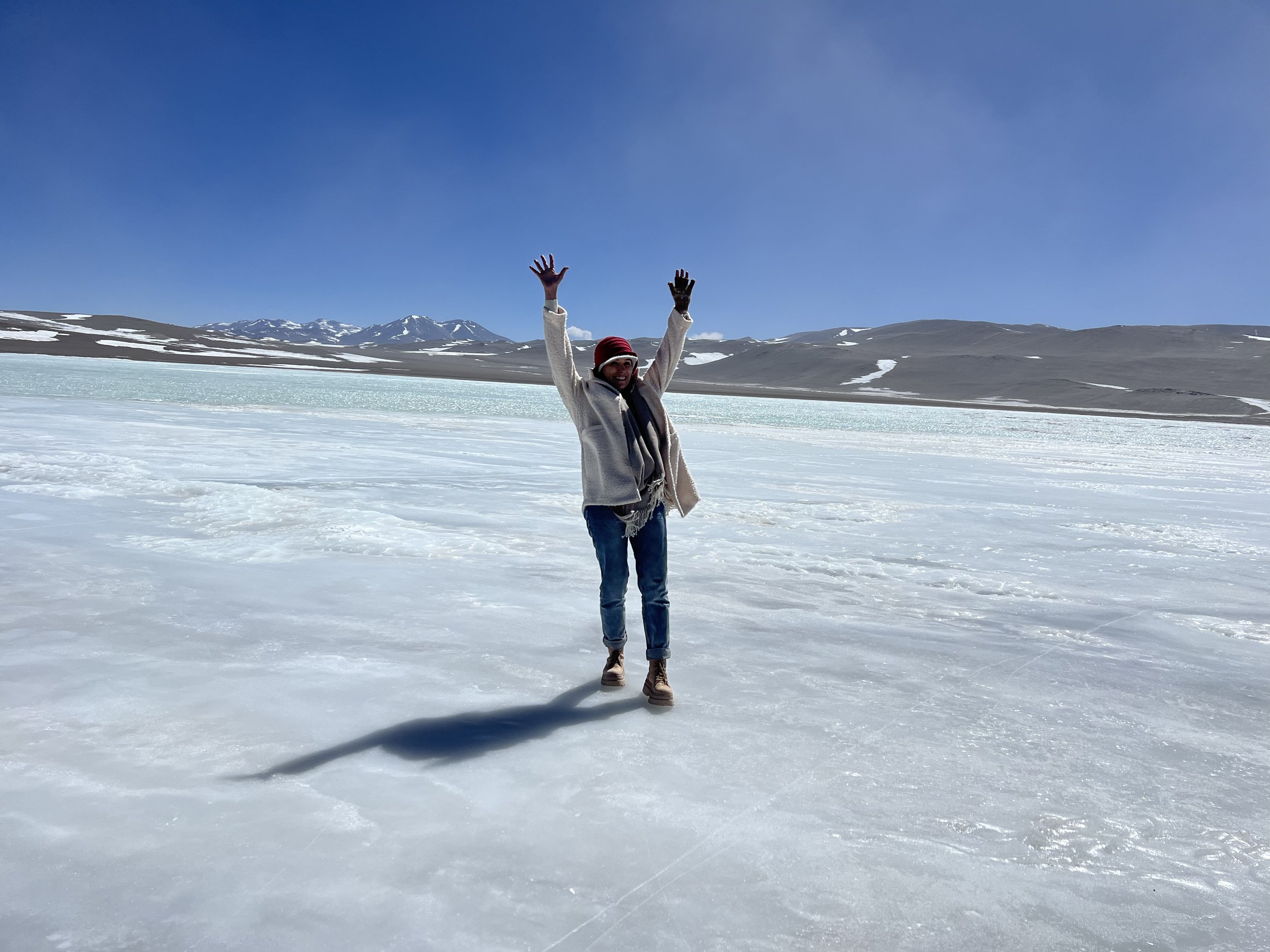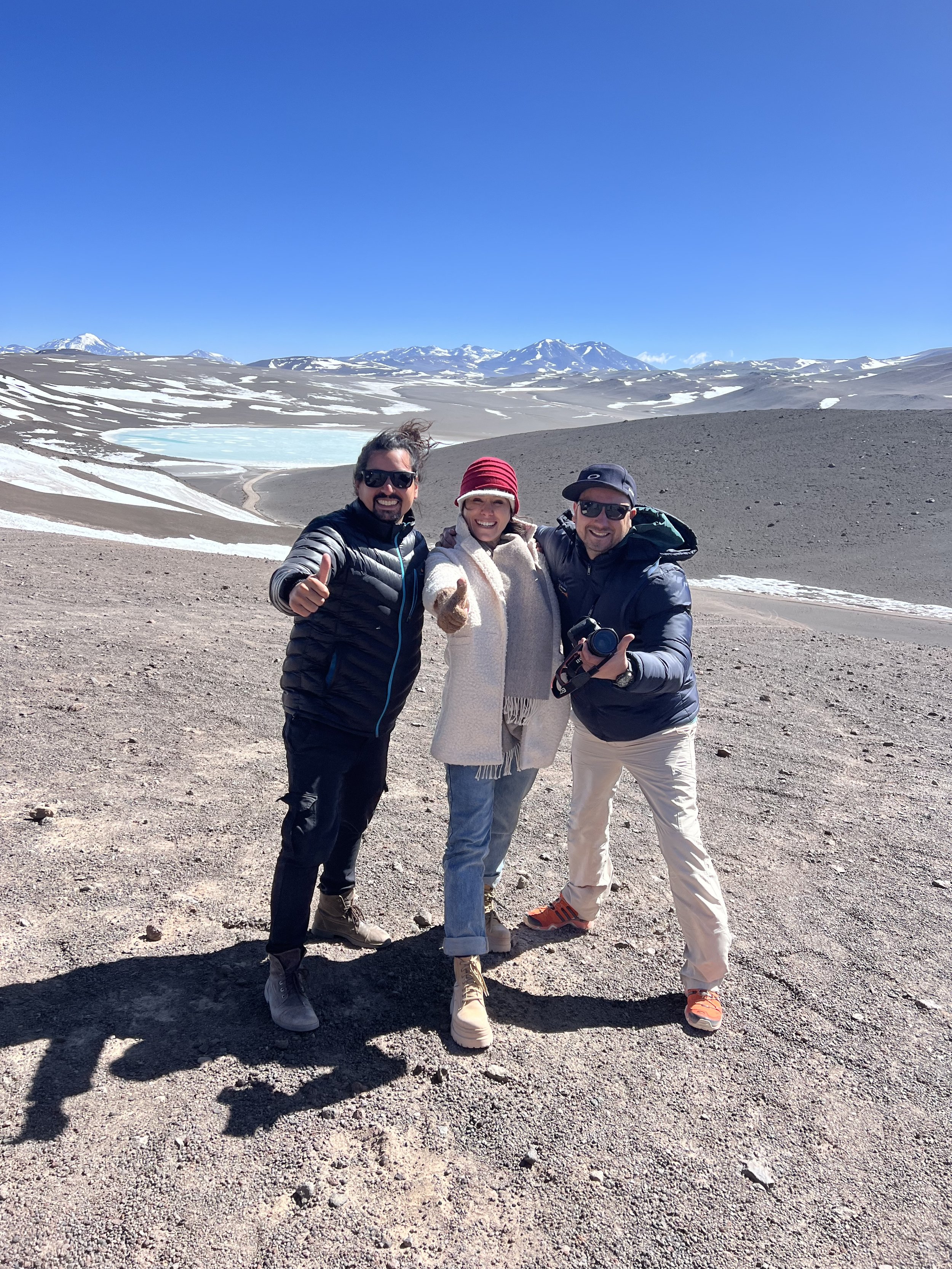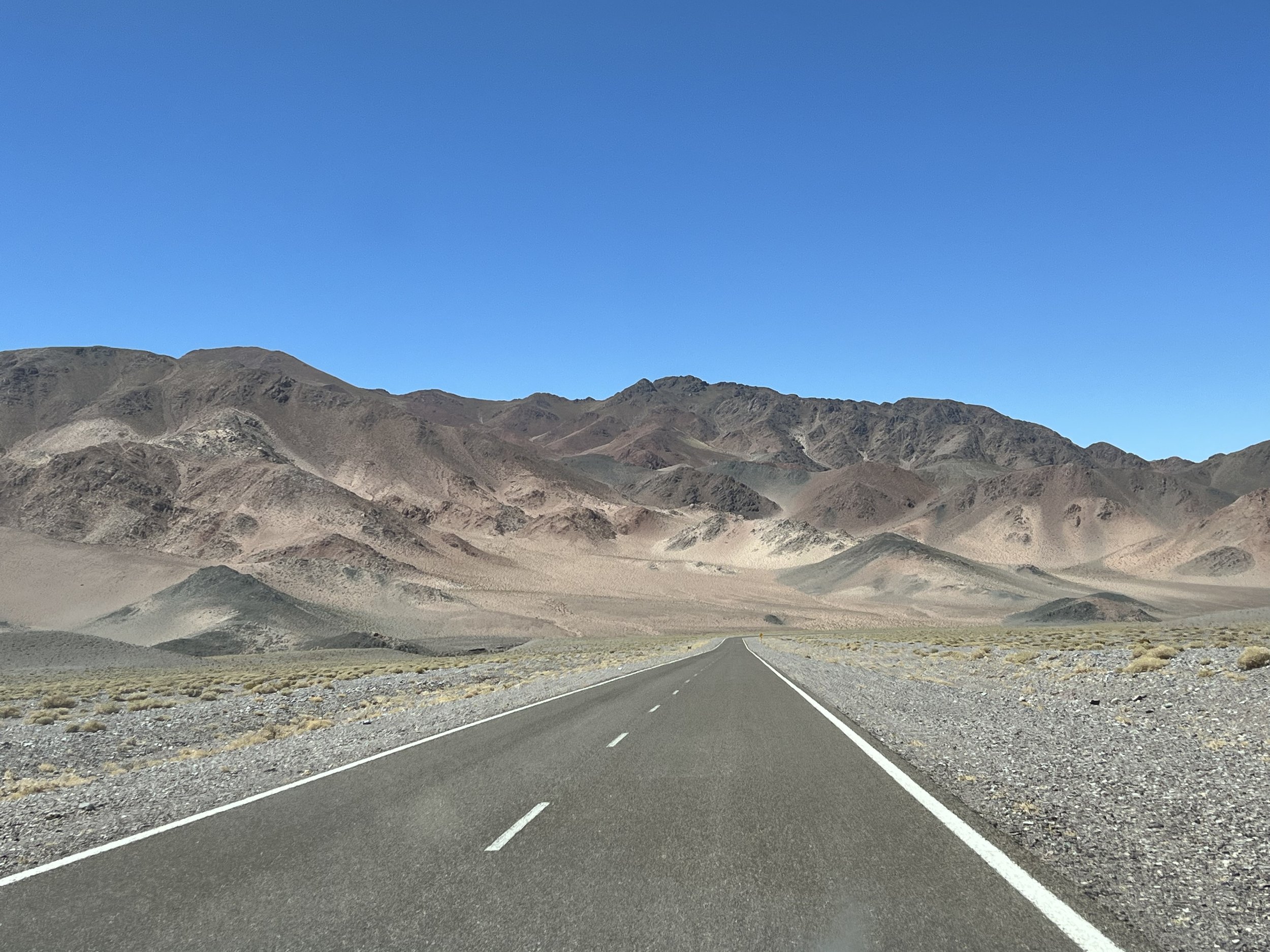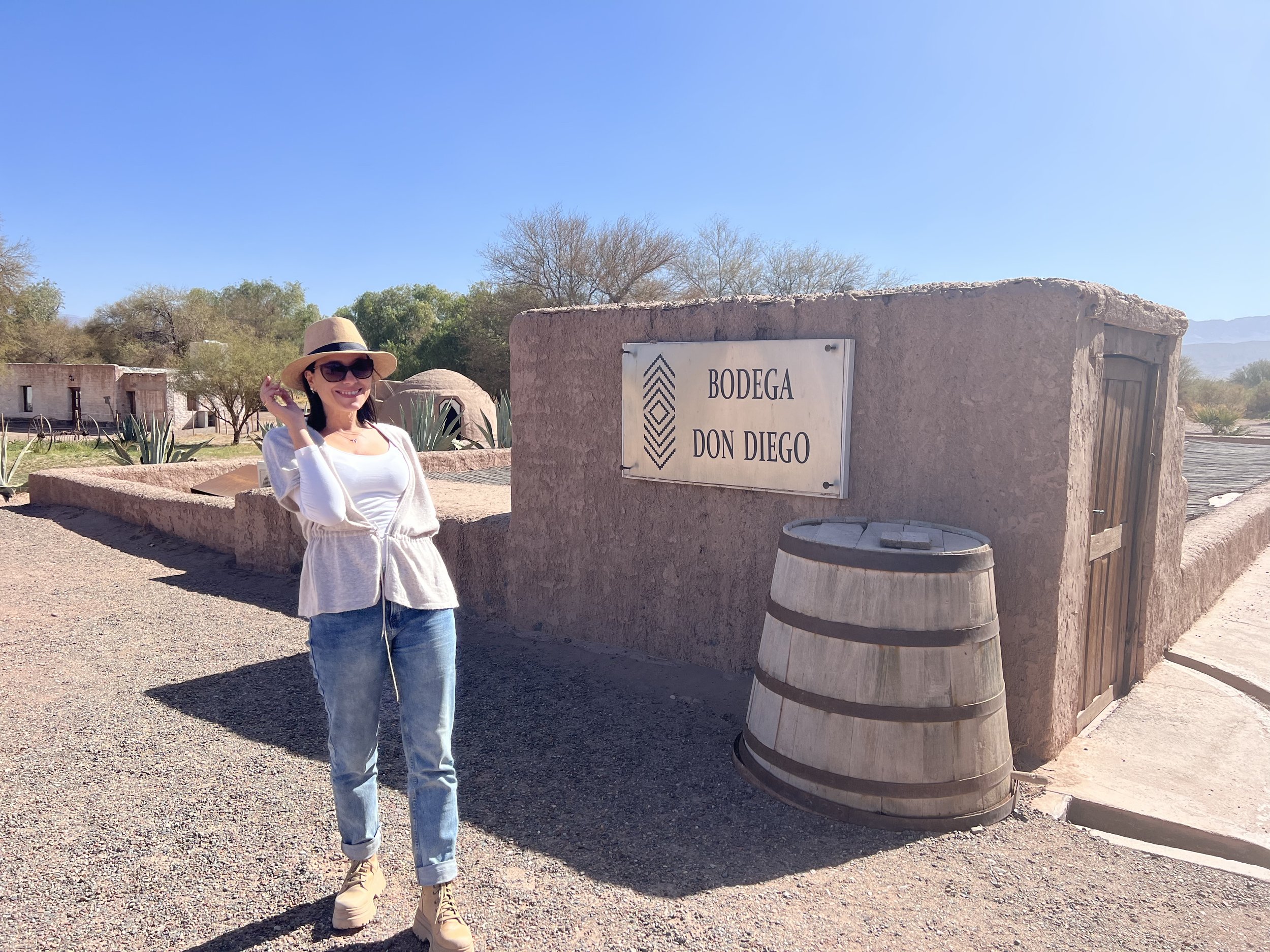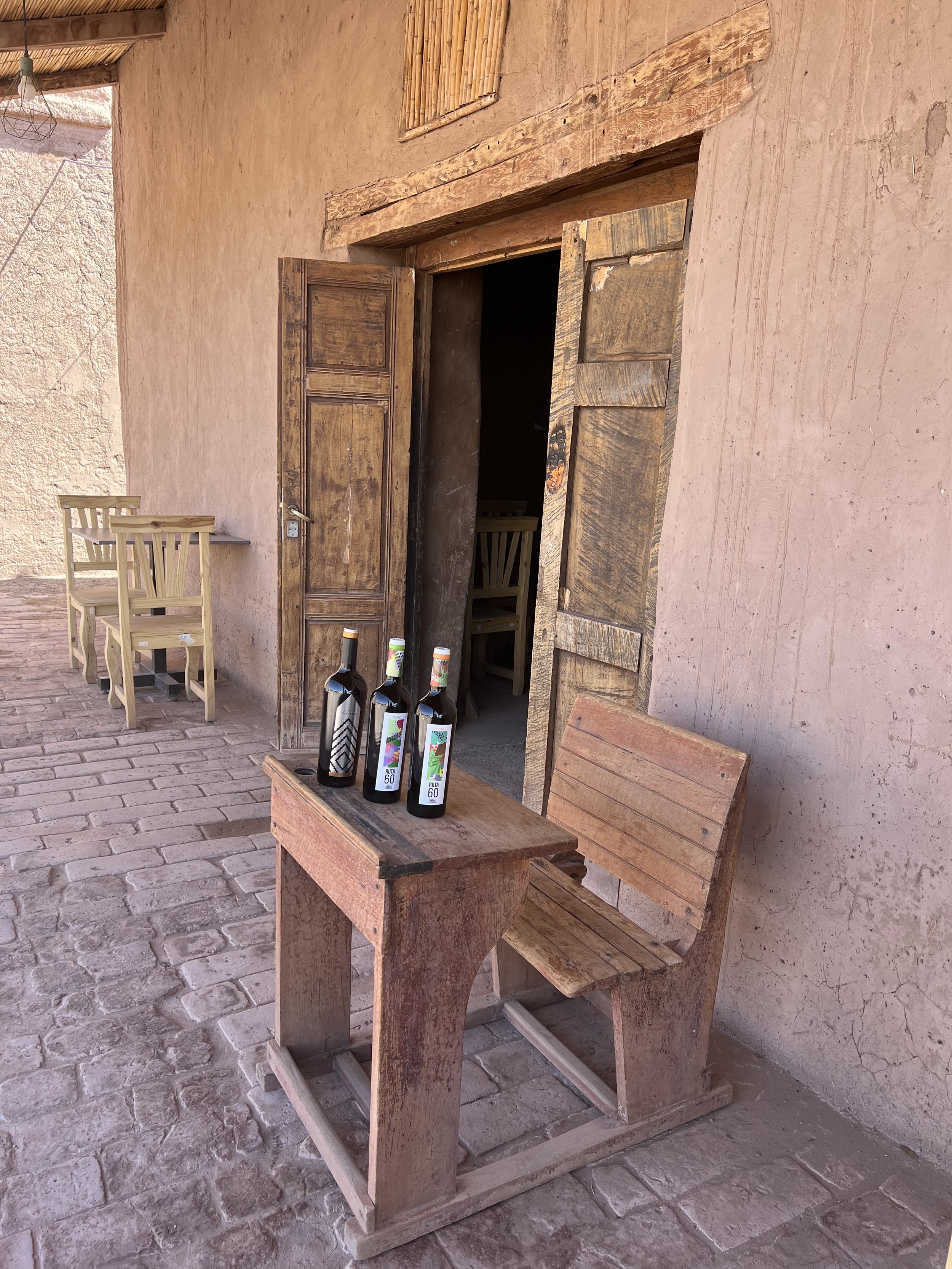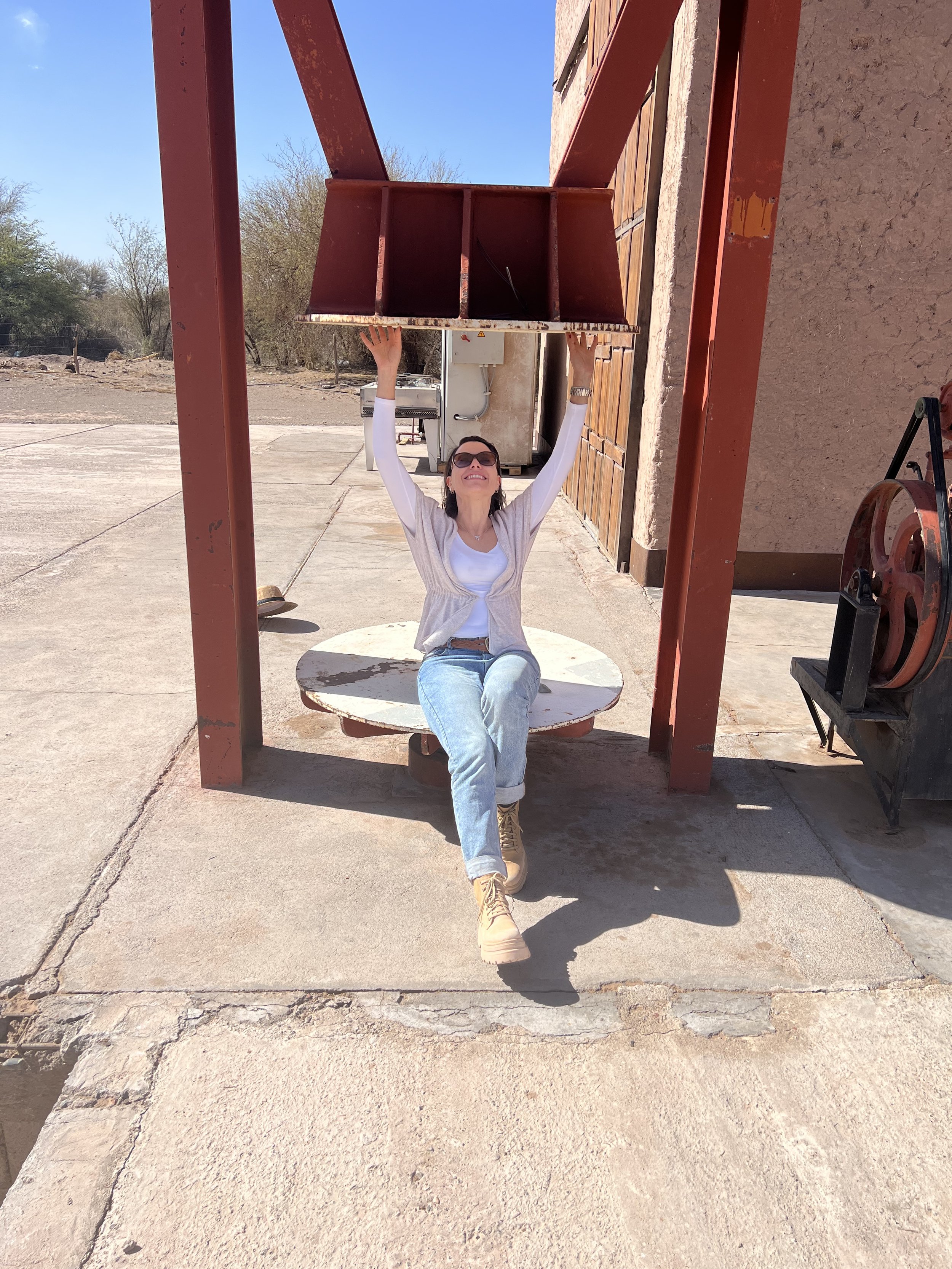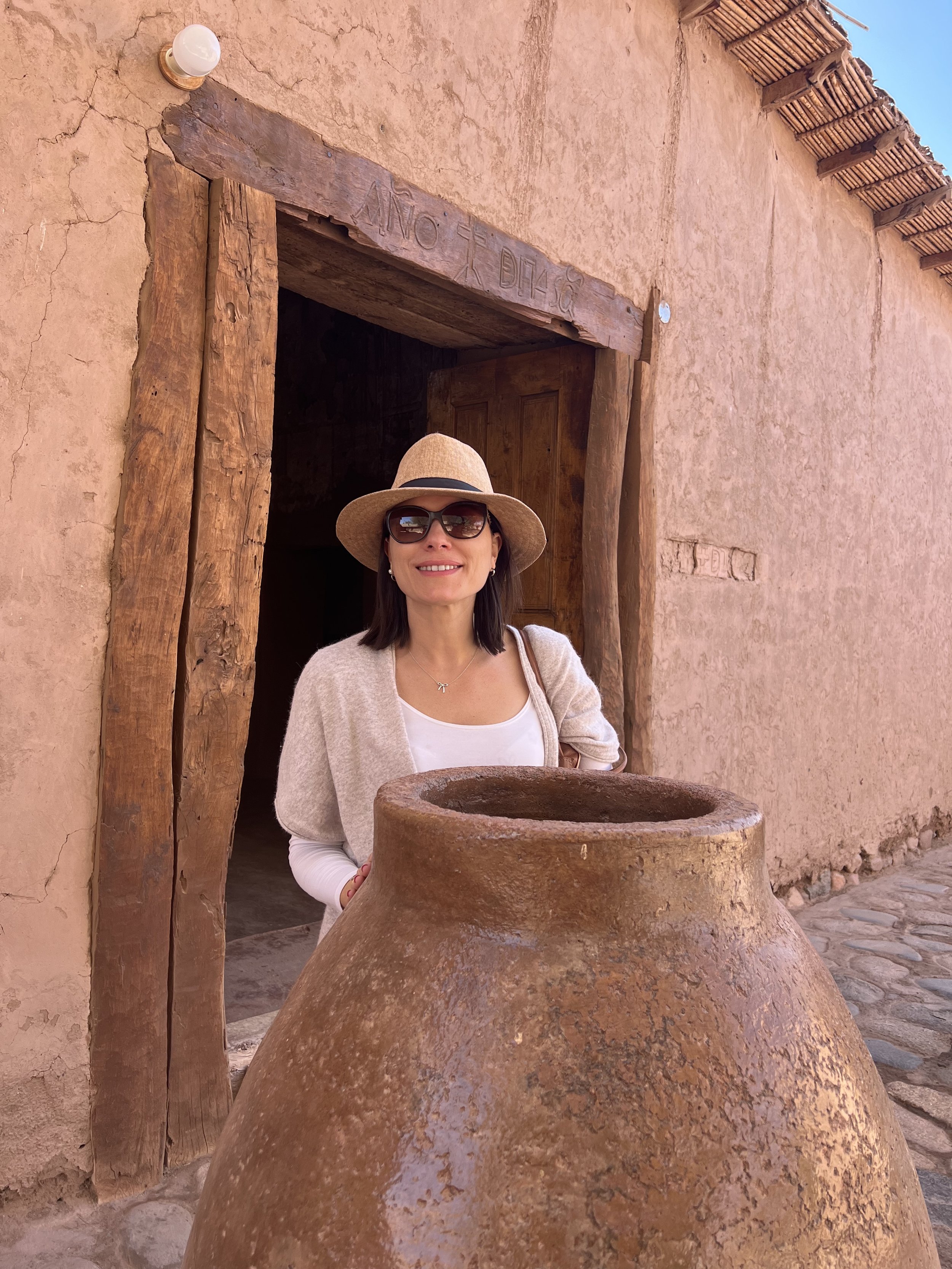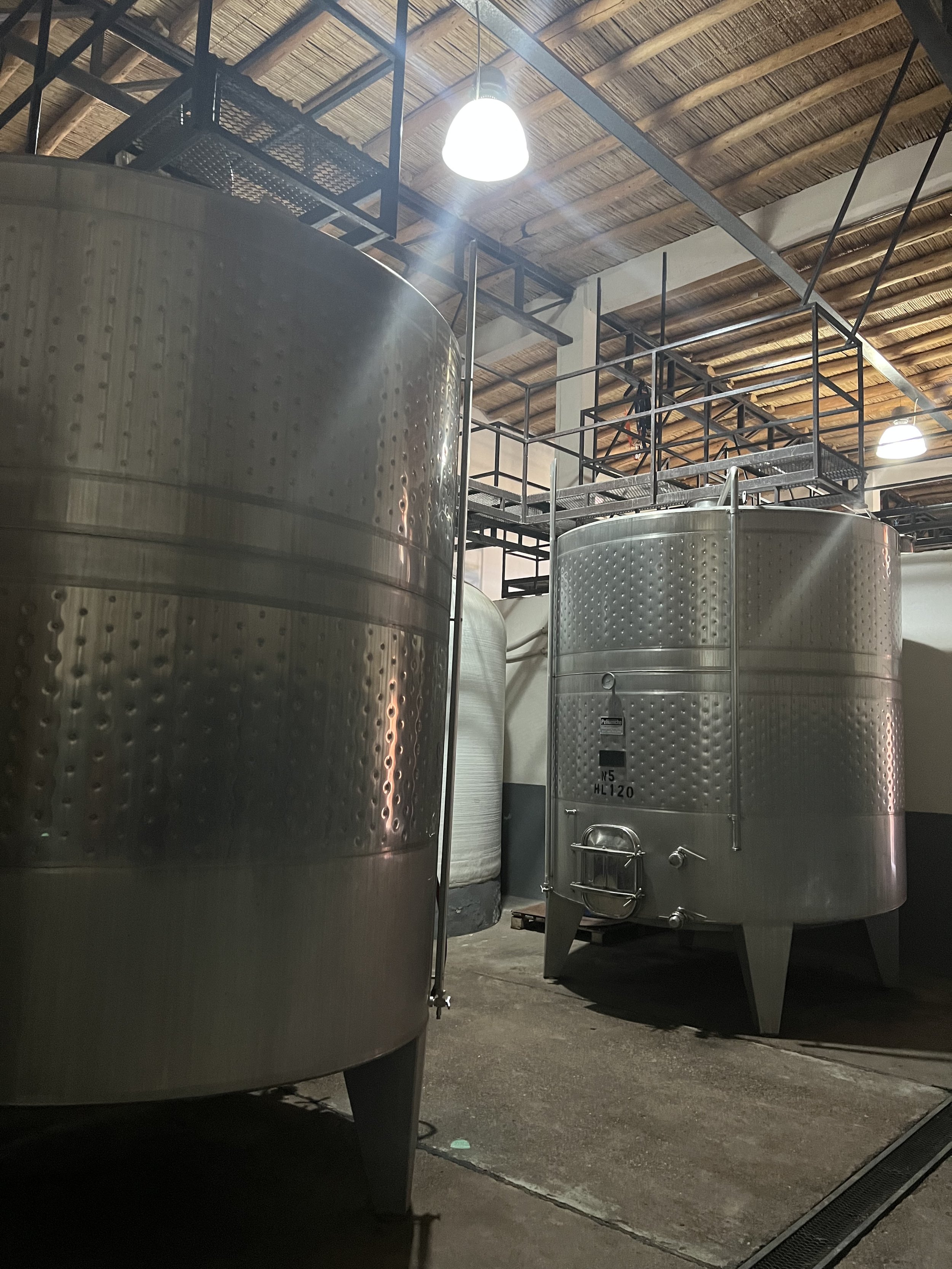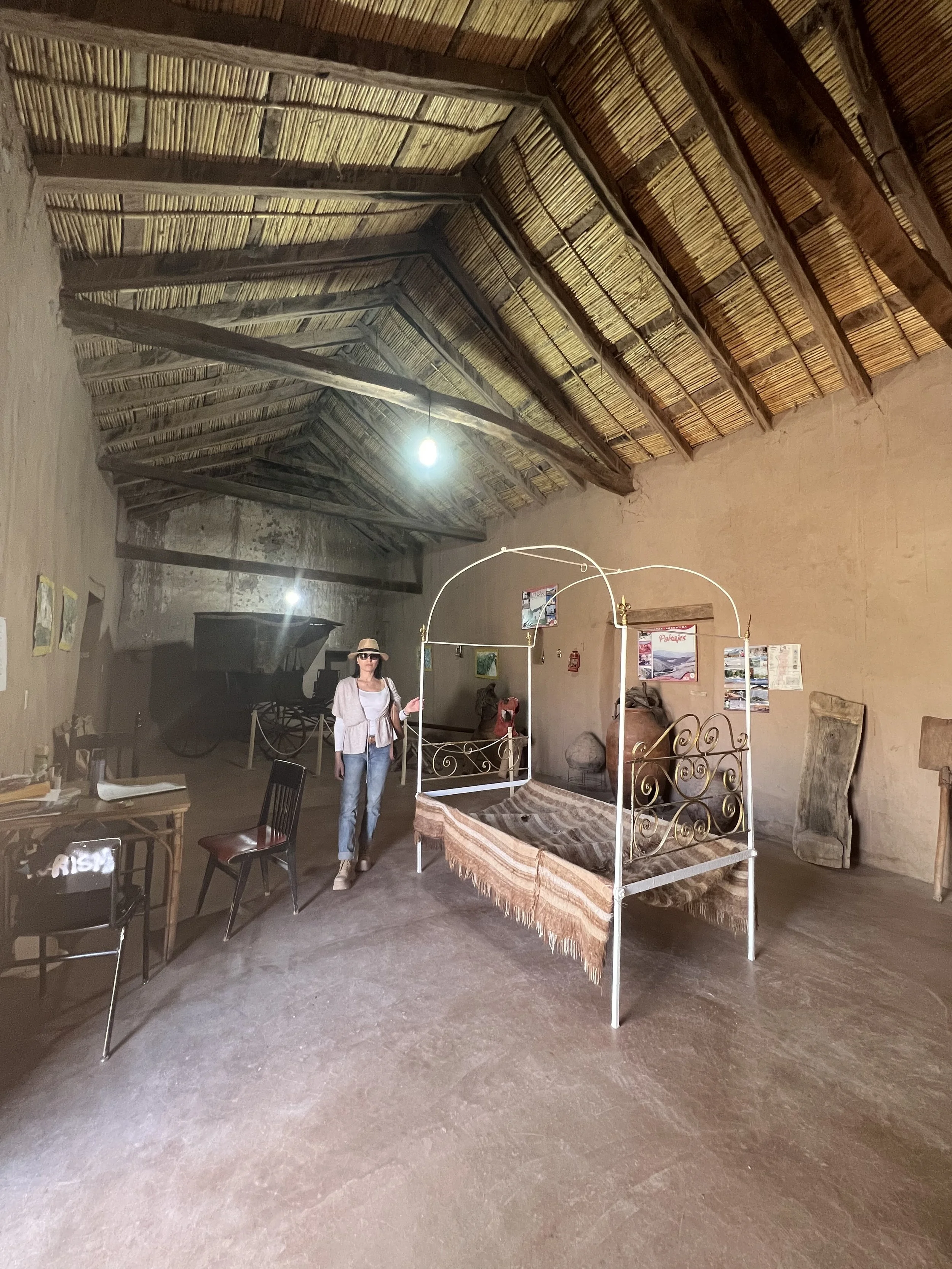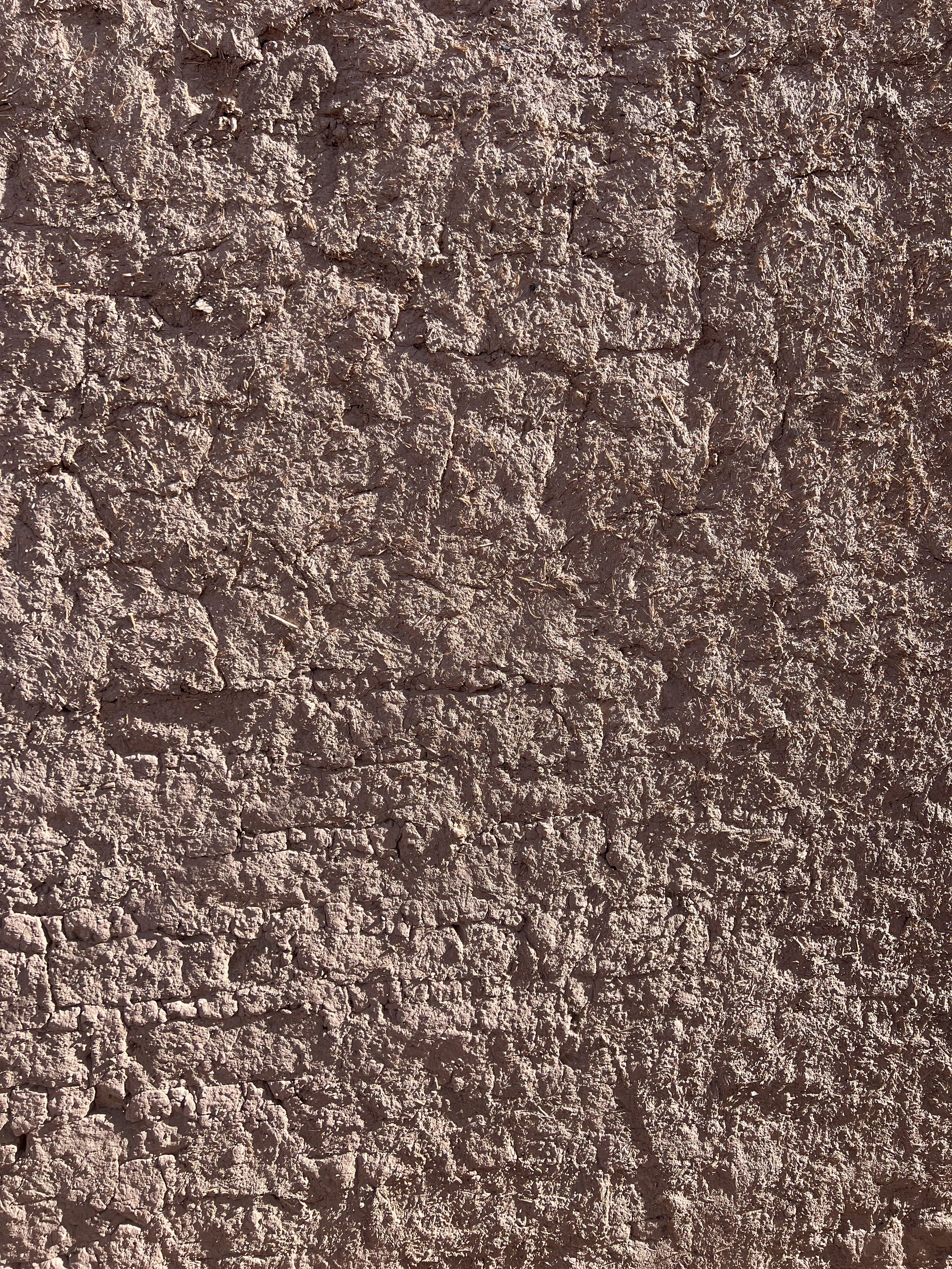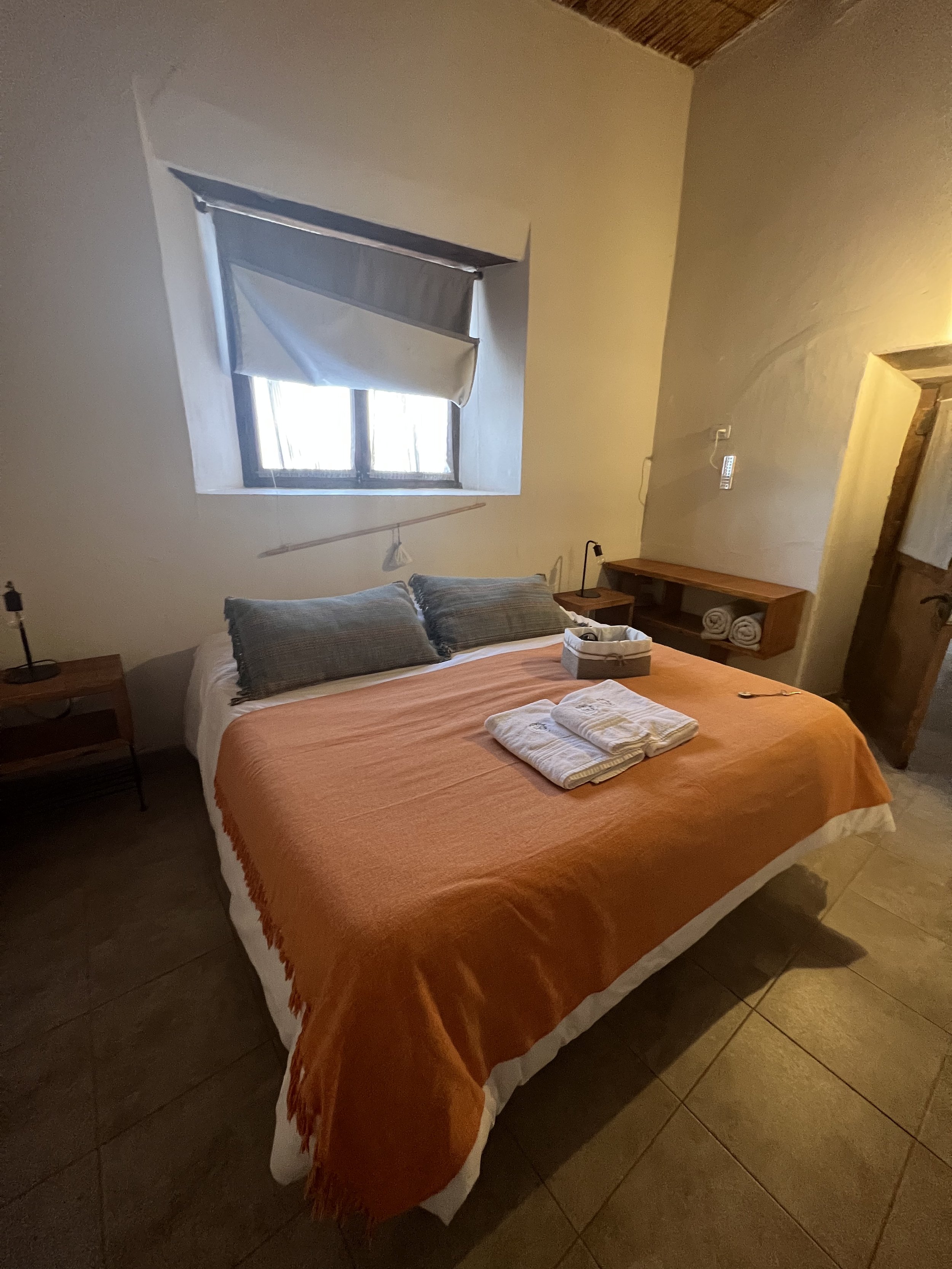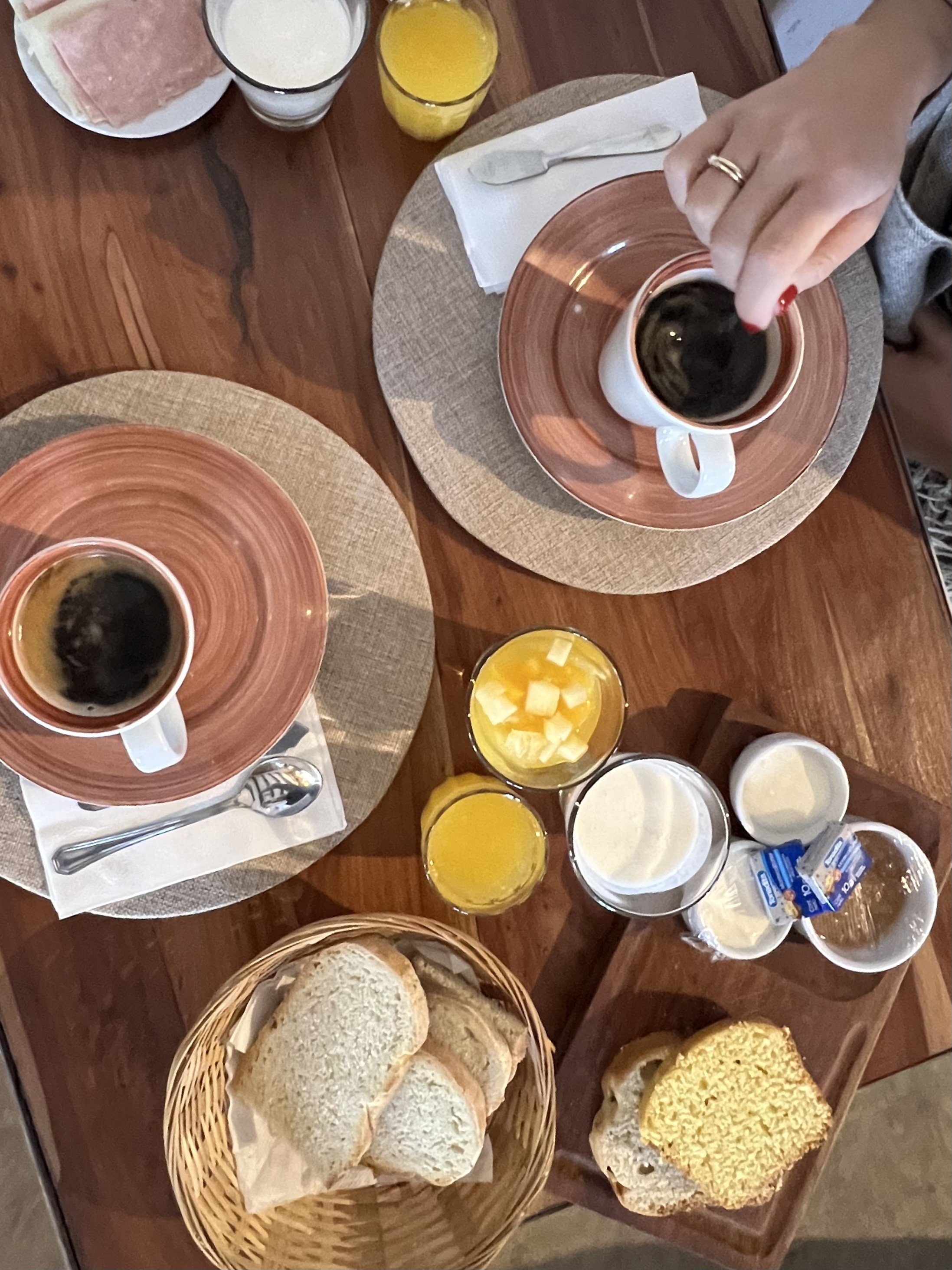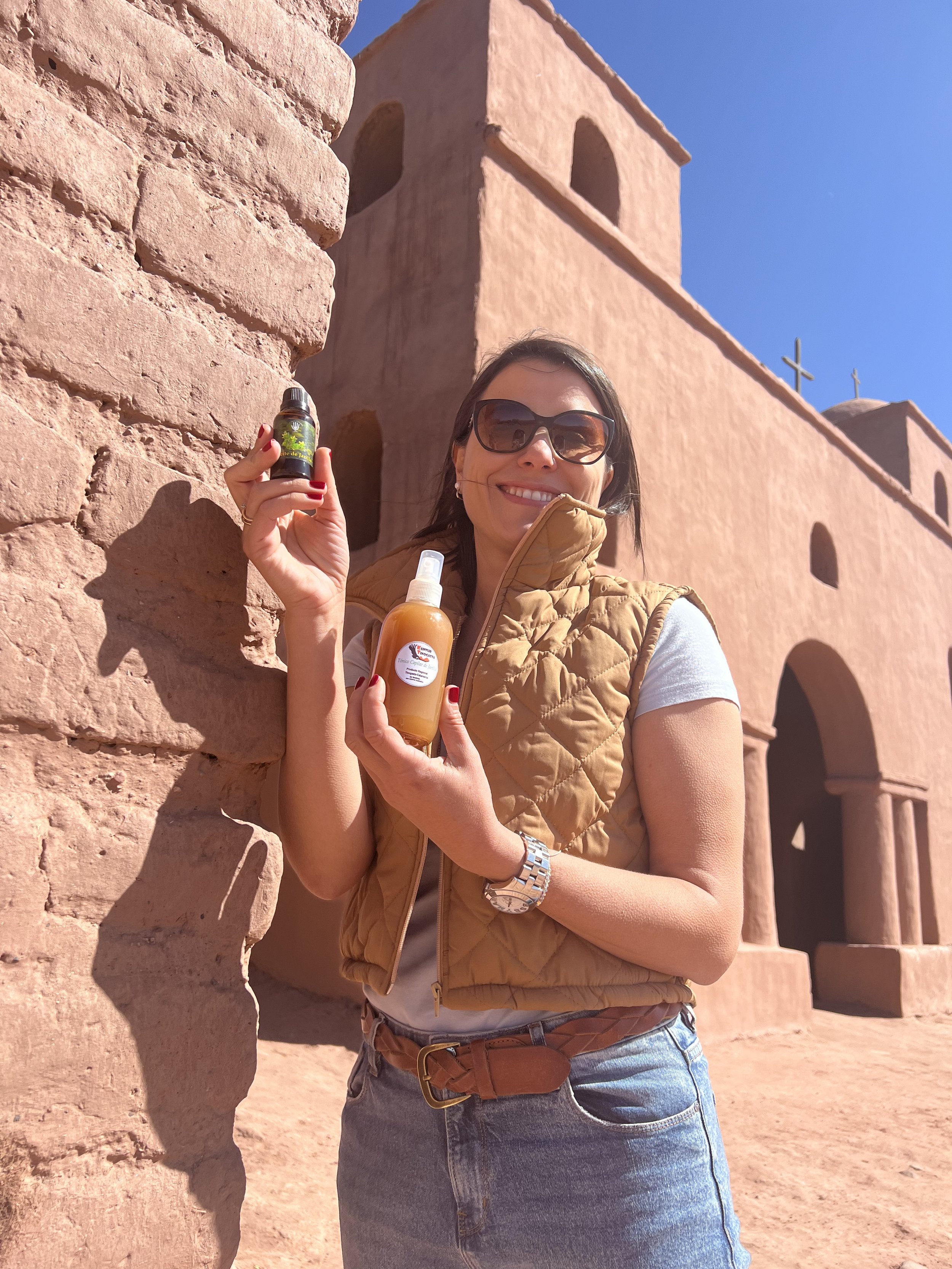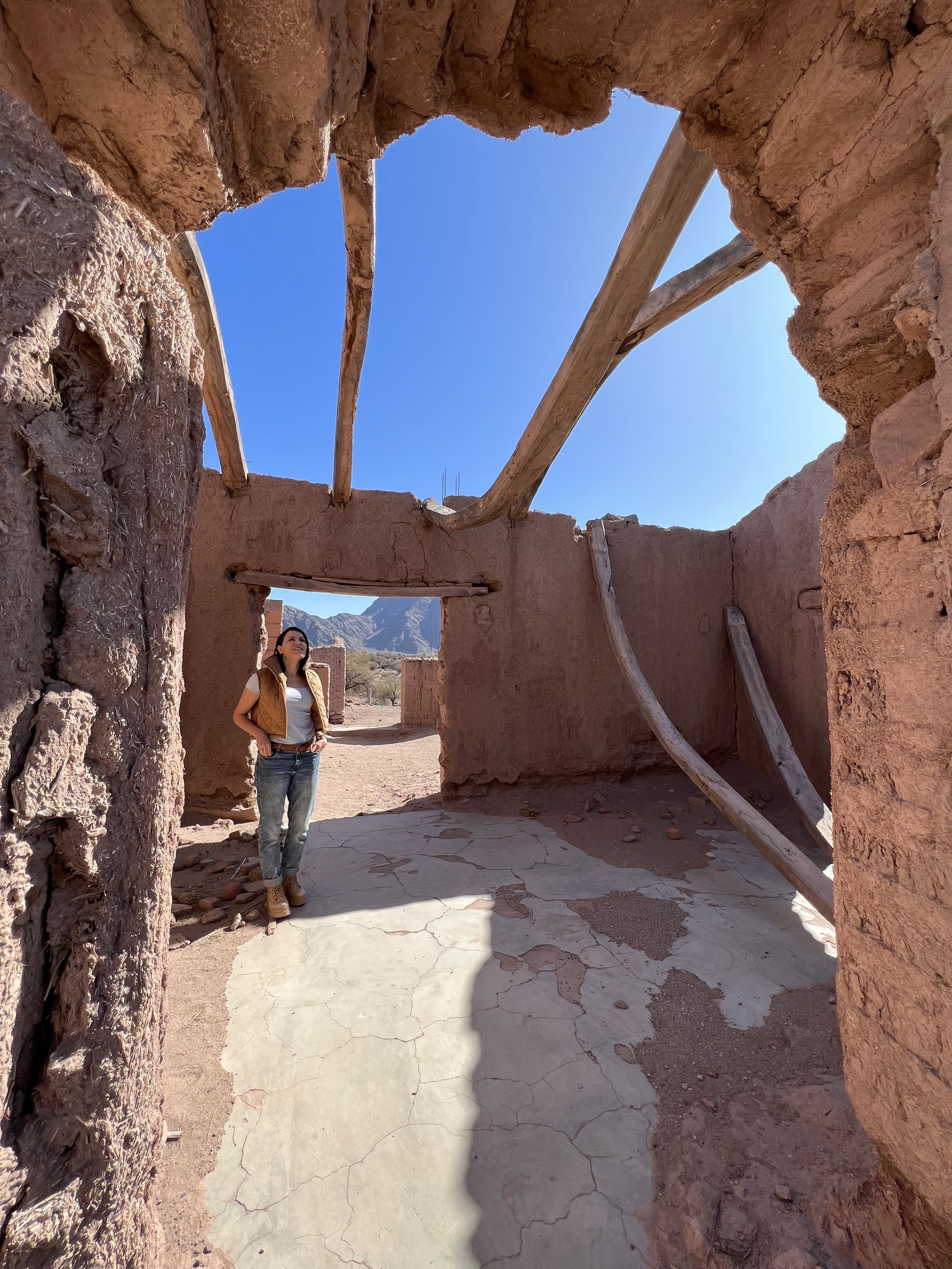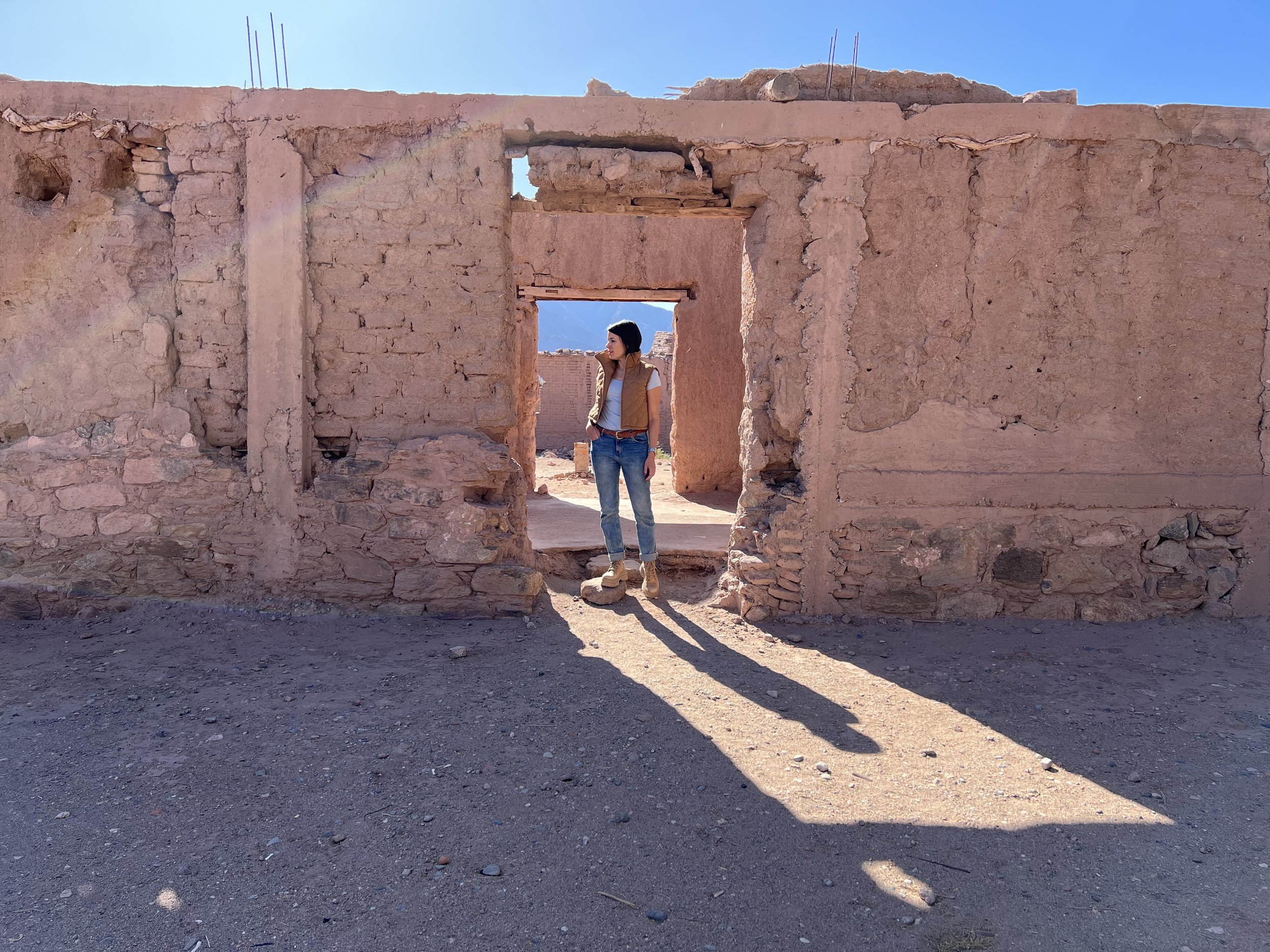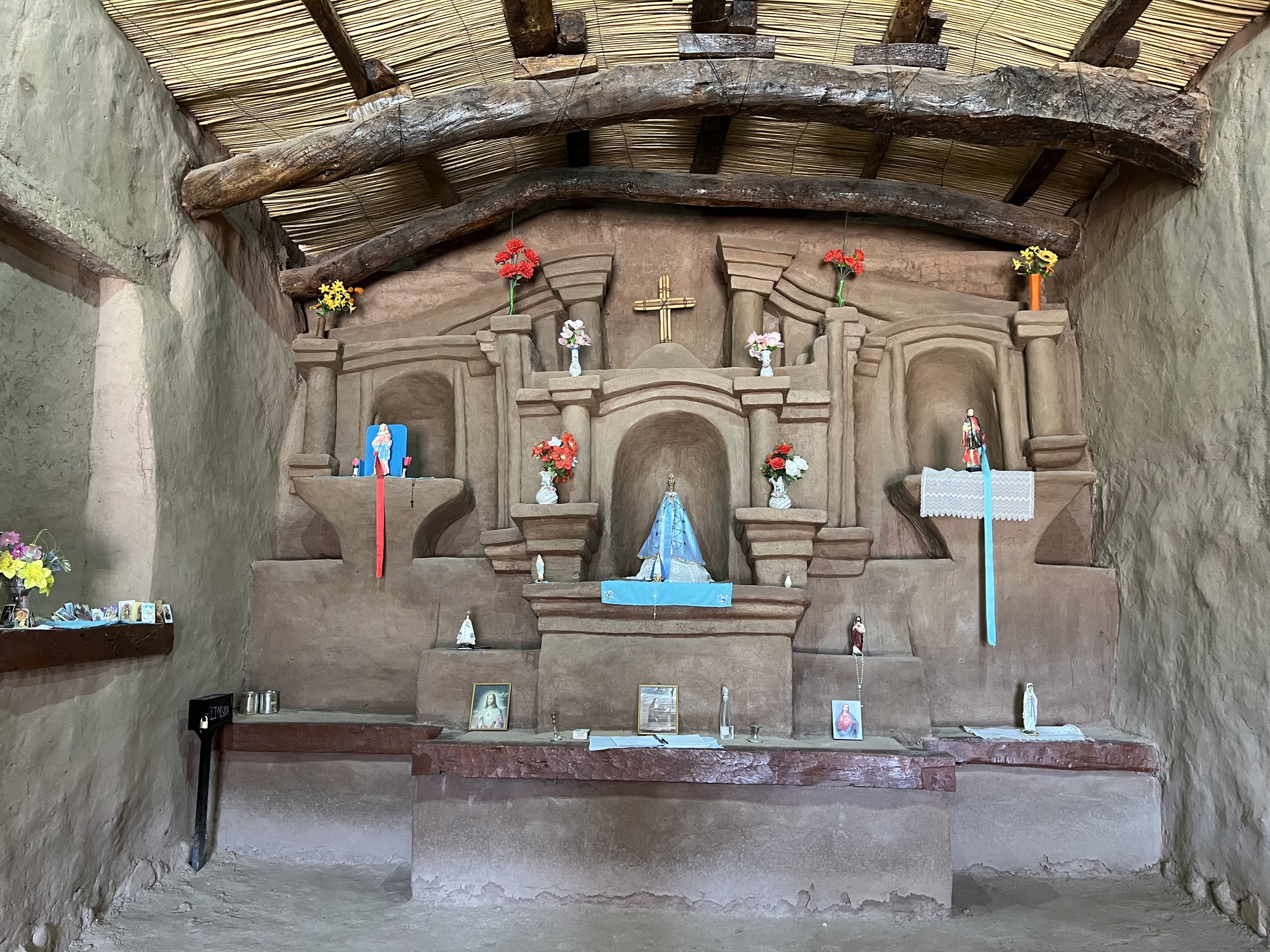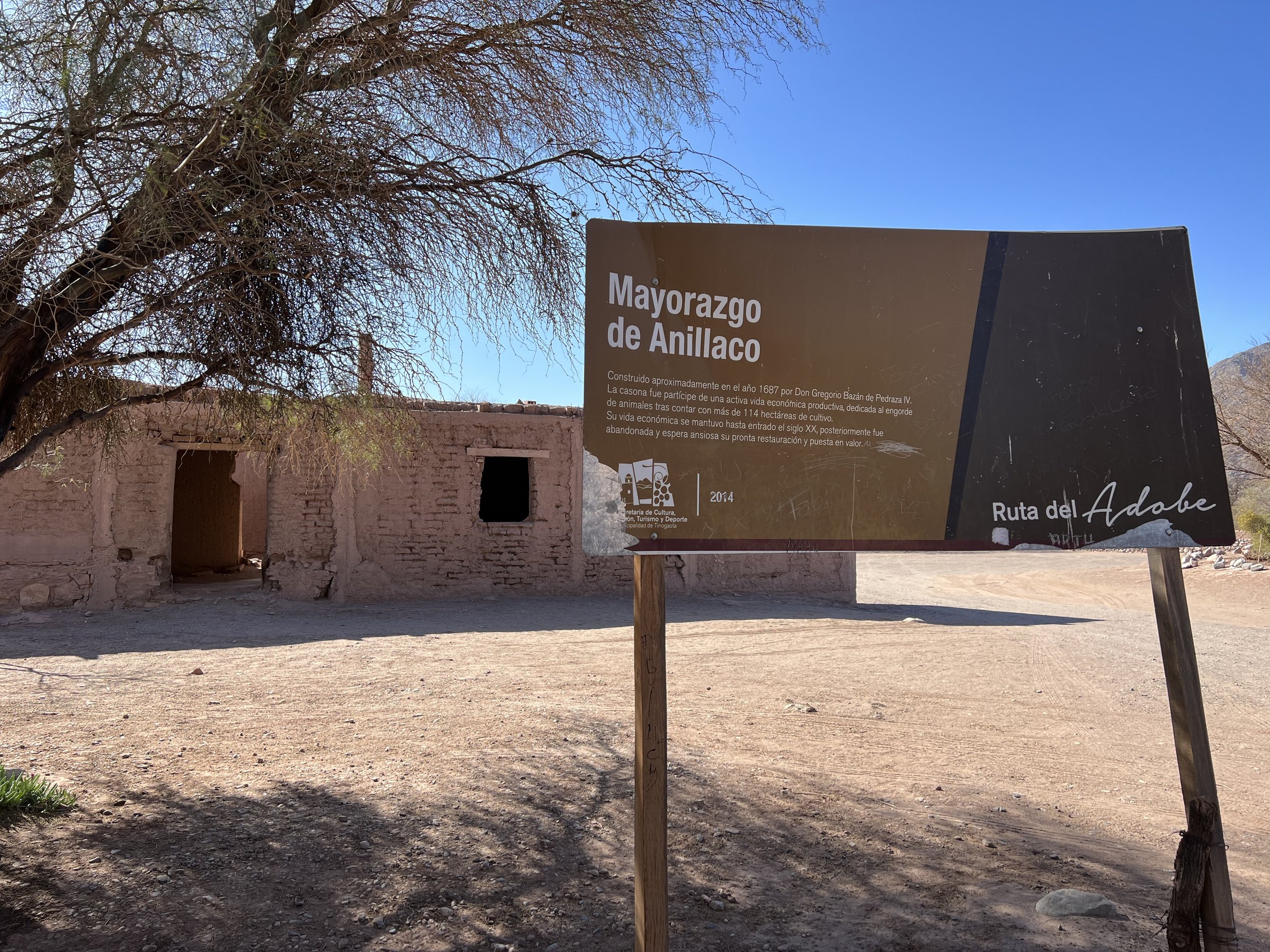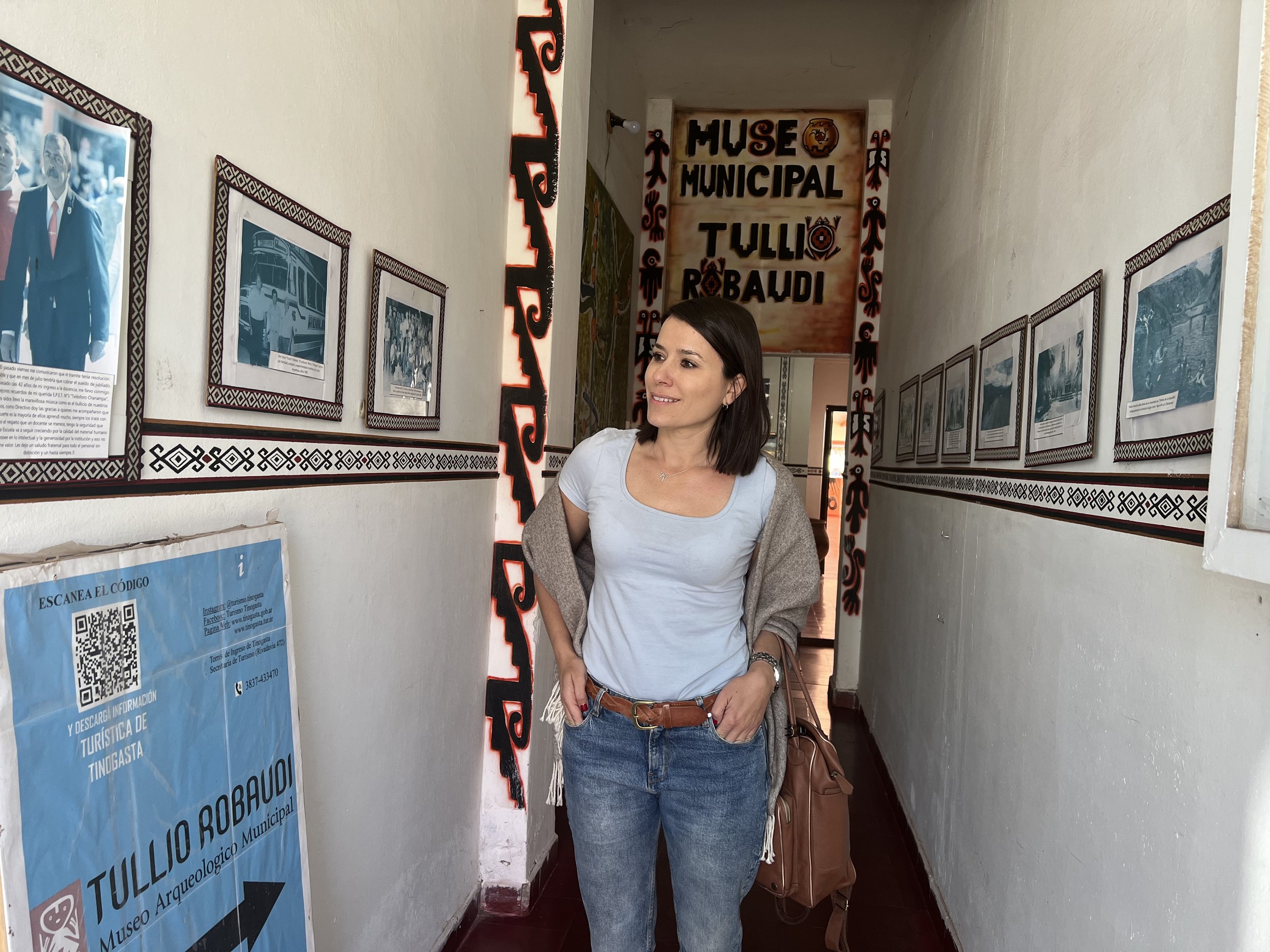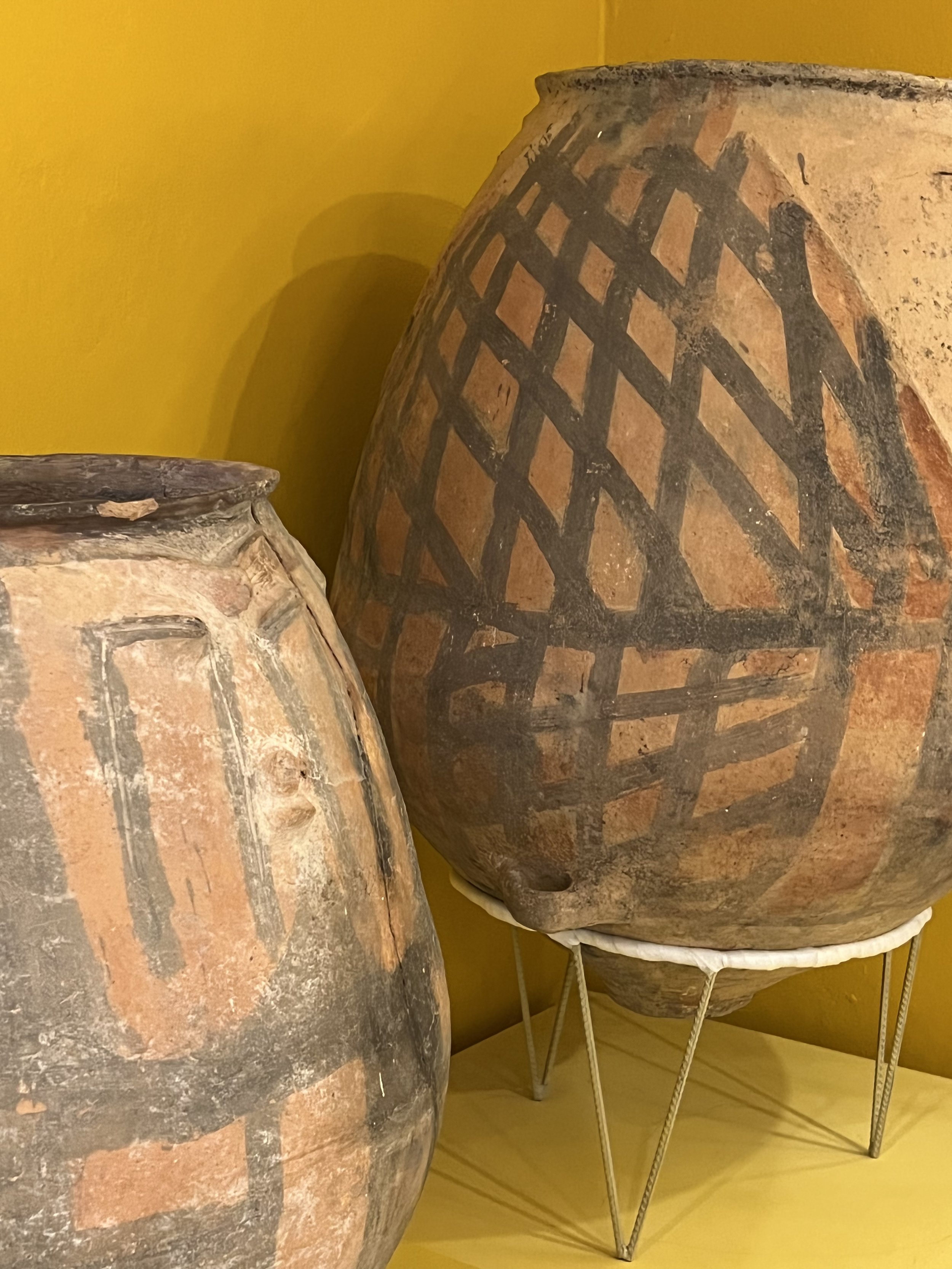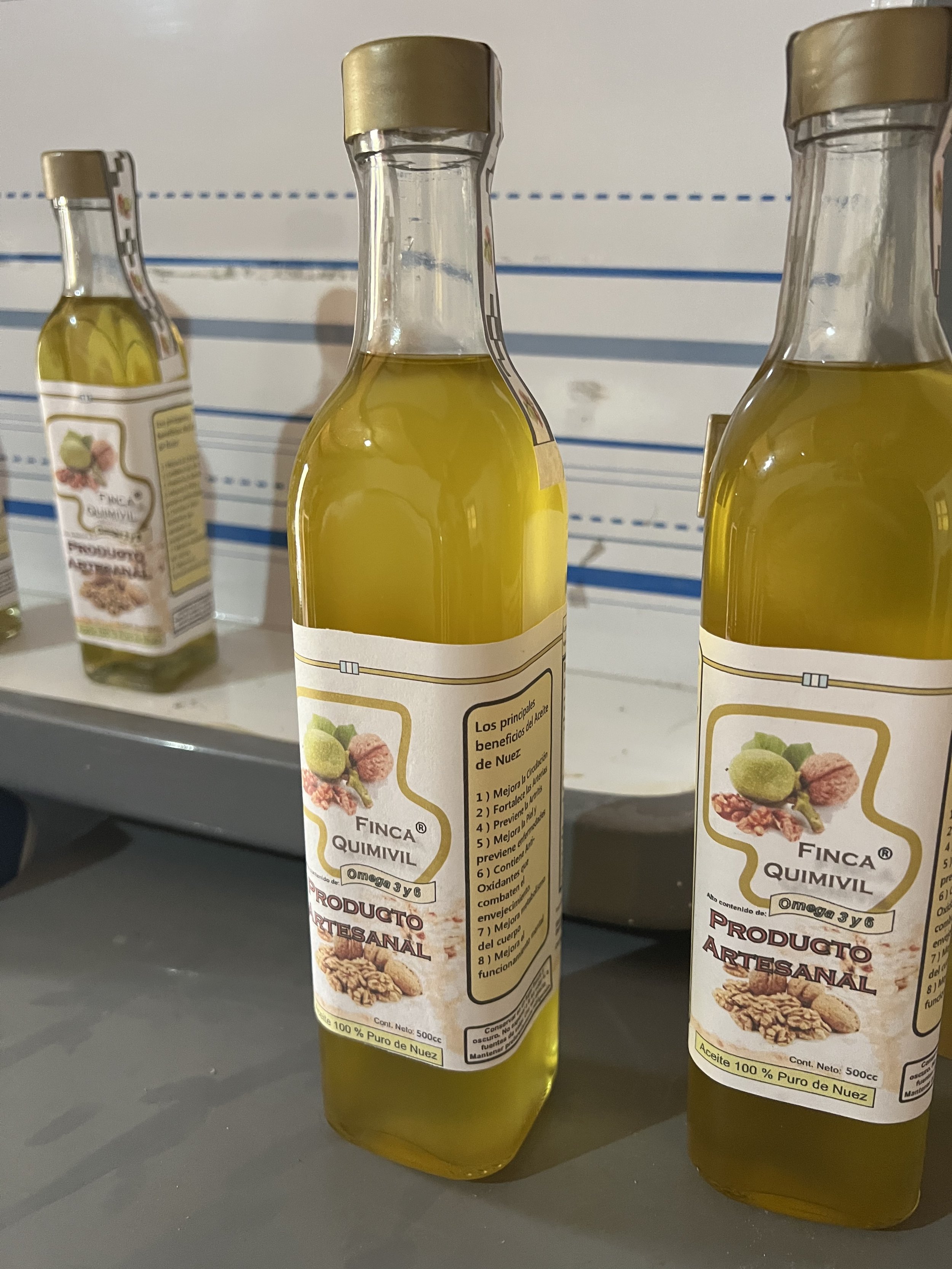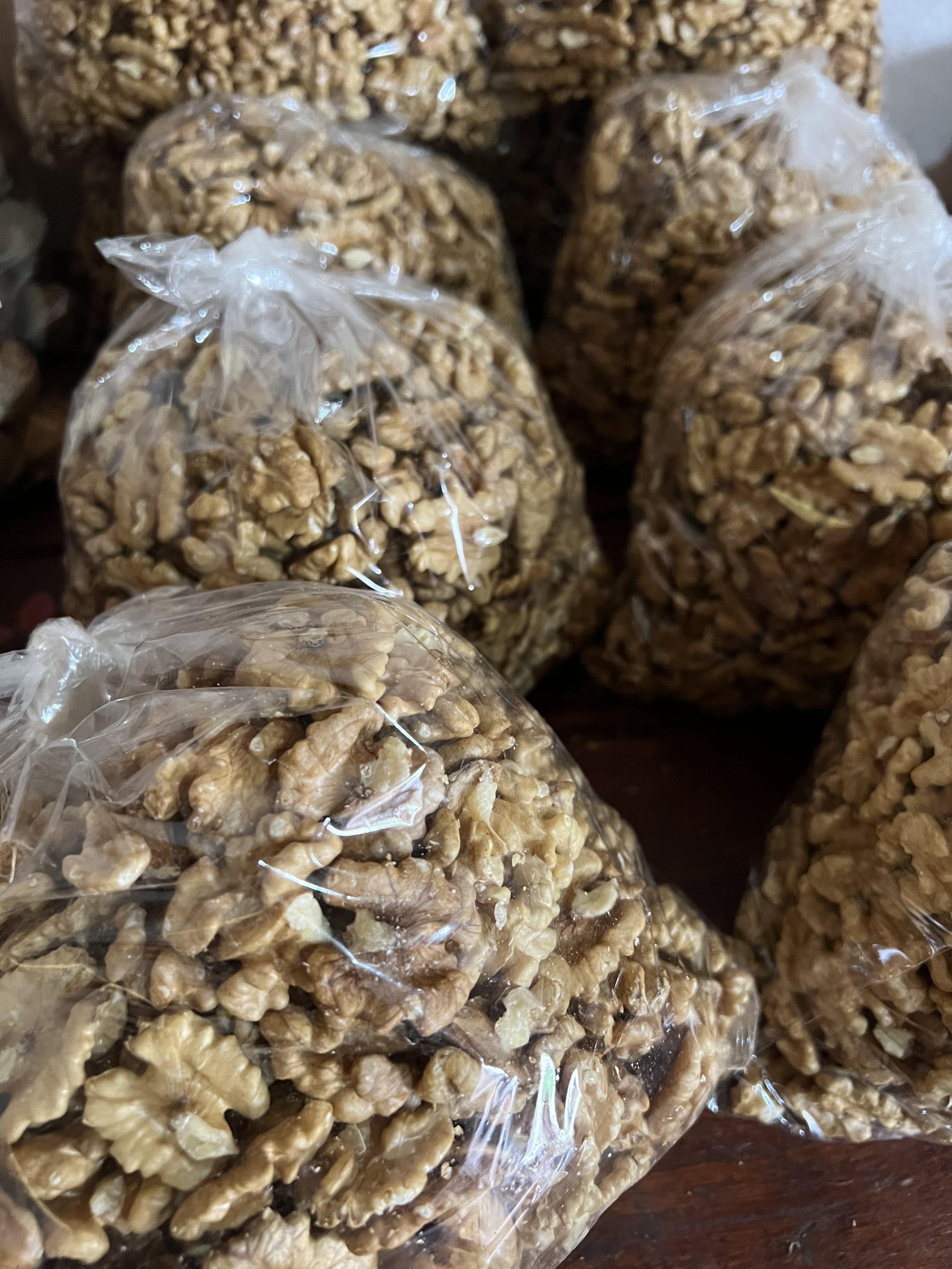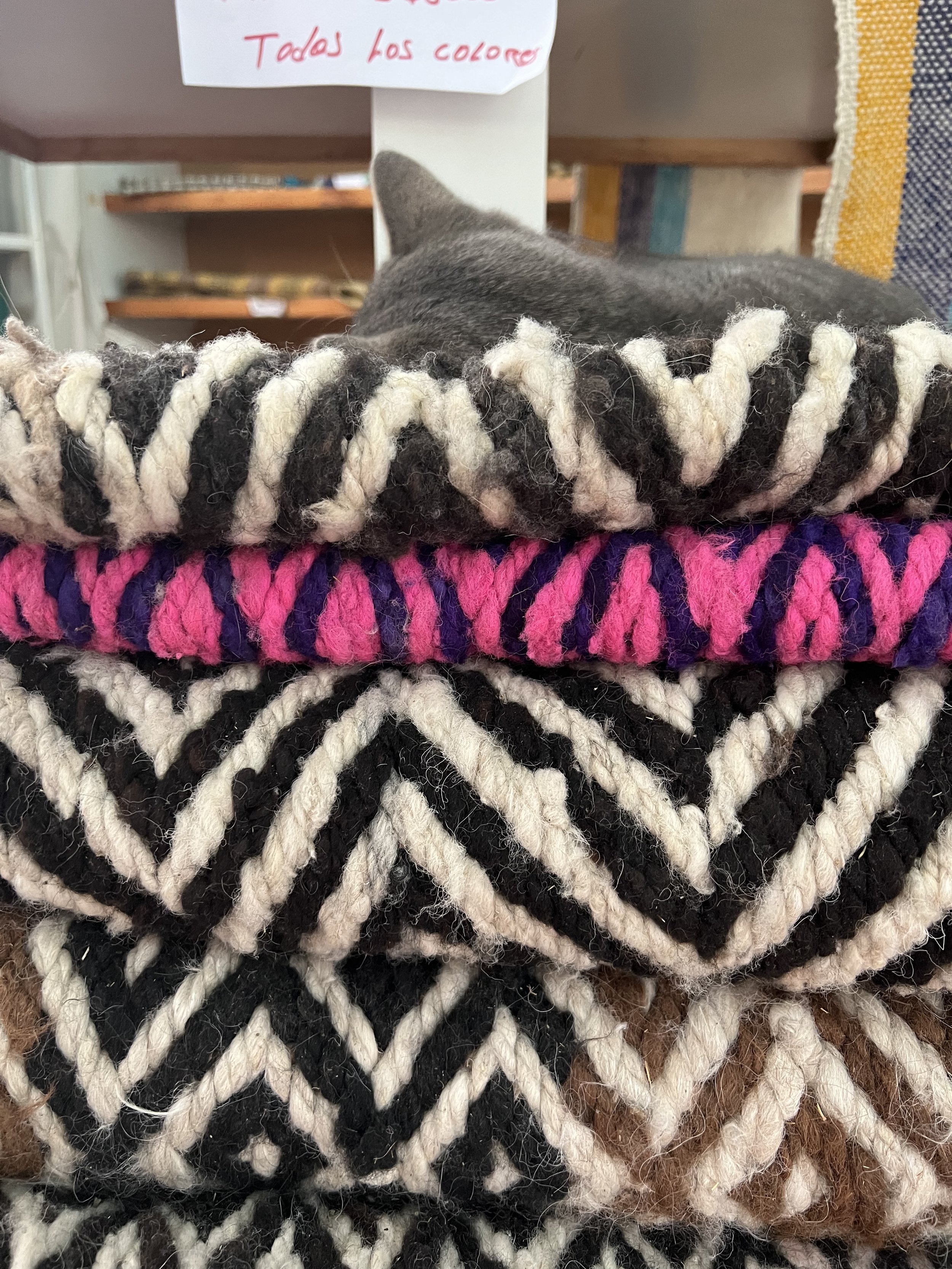South of Catarmarca
Seismiles, Pissis Balcony, Magic and Tatón Dunes, Adobe Route. In an epic journey through the central west of Argentina we visited the inexhaustible Catamarca, an Argentine province that never ceases to amaze @tripticity_..
After a relaxing stay in Chañarmuyo, La Rioja, along the national route 60 we arrived first to Cortaderas with one goal, to travel through the route of the Seismiles and to discover the Pissis Balcony - Balcón de Pissis. We were not in good spirits, since the day before our guide, Rodolfo Reales, had informed us that strong winds were forecast in the mountain range, so the trip was practically out of the question.
We did a quick check in at Hotel Cortaderas and got ready to continue along National Route 60, which at 5 pm was already desolate. During the visit we only came across guanacos that inhabited the surrounding hills. The road, known as the Seismiles, ends at the border with Chile, at the San Francisco pass. And the name is obvious because along the way you can see the mountain peaks that exceed six thousand meters above sea level. Besides Mount Pissis, the San Francisco, Tres Cruces, Los Patos, the beautiful Ojos del Salado and Incahuasi can be seen.
It was getting late so before reaching the border we turned around to spend the night at the convenient Cortaderas hotel - Hotel Cortaderas. As soon as we arrived we were invited to take a shower with hot water, available between seven and ten o'clock at night. We did so. We then headed to the large dining room in search of wifi to check on the news of Rodolfo's departure or not to Pissis.
It was there where we met Juan Ramón Zamberlan and Germán Moreno, the Ceballos Turismo guides in charge of a contingent of senior citizens who that night shared with us the audacity of visiting those heights right after the end of winter.
A pleasant chat was immediately generated, one of those that @tripticity_ usually shares with travel lovers, avid seekers of information about an upcoming destination. And these two Argentine tourism experts generously contributed to the list of places to visit.
The internet signal was very unstable, but it turned out that Rodolfo had stopped by the hotel in the afternoon and left a synthetic message for the concierge Johnny: 9 am sharp
So the next morning there was not only the euphoria of knowing that we would make it to the Pissis Balcony, but also of being accompanied by those new friends from Cortaderas.
So we set off. On the way, slowly climbing up the mountain range, Rodolfo Reales told us his story. Passionate, full of challenges, simply moving.
Born in Tatón, he knows the area like few others, that is why once he retired as a rural teacher, he started driving his Toyota Hilux to take tourists to visit the huge Balcón del Pissis. This native of Catamarca also told us about the topographic characteristics of this 100% offroad road, improved thanks to the work done by the mining companies. In September, the winter ice was still there, some of it forming extraordinarily beautiful ice caps.
As we climbed, the temperature logically dropped.
Only 4 × 4 trucks made it to the top. Behind us came two other tourist vans, which did not comply with this requirement and had difficulties when the road became steep, almost at an angle of 35 degrees. That was when we saw not only the professionalism but also the human warmth of Rodolfo, who did not hesitate to leave us at the top so that we could appreciate the landscape, with the lagoon below, and came down to help them. It was truly a miracle: he found a crack in the terrain and soon the whole caravan was with us.
The joy of being able to enjoy this extreme landscape was enormous, but fleeting, because the cold began to be felt. Then another 4 × 4 tandem appeared; it was that of our new friends Juan Ramón and Germán, who without hesitation invited us to get into a heated vehicle, while the grandparents of the tour went down for the photographs, as if they were in the courtyard of their homes, happy with life, unaware of the possible altitude sickness and the paralyzing gusts.
Then one last big climb and we reached the longed-for Pissis Balcony. The furious wind ran stronger and stronger but allowed us to realize the dream of knowing it.
Mount Pissis, with more than six thousand seven hundred meters above sea level, is the highest inactive volcano in the world and disputes with its neighbor Ojos del Salado the position of second highest peak in America after Aconcagua.
Up there, frozen as we were, in a few minutes we took the necessary photographs, silently contemplated the immensity of the mountain and the ice, and thanked life for such a gigantic opportunity. Back in Rodolfo's vehicle we started the quick descent because he told us that the wind was beginning to get stronger and stronger and that it was prudent to turn back. And so we did, following the recommendations of the expert. It happens that it runs with so much power lifting the snow that it clouds the vision and even devastates stones that fall like bombs from the slopes. Hence the respect of the local man.
He also told us that some time ago a white wind ran into him on his way back, breaking the window of his truck by force.
The way back was entertaining. Undoubtedly it was a discovery to make the visit guided by a person like him, because he not only assures us that we feel very safe in the face of the adversity of the landscape, but also that they are one of those experiences that teach, cultivate, and perhaps even allow you to be a better person after listening to his example of life.
Once back at the Hotel Cortaderas we took our car and left for Fiambalá, but not before agreeing with Rodolfo to visit its characteristic dunes in the afternoon.
The road is beautiful, colorful, with many, many curves.
Once in the village we went to Bodega Don Diego, where we were welcomed at almost three o'clock in the afternoon and they did not doubt in serving us some delicious empanadas, which we accompanied with the red Malbec Ruta 60 of their production. They even offered us as starter a delicious eggplant roll with ham, cheese and olives.
For dessert we ordered a flan with cream. We were moved by the way the mixer was turned on behind those thick adobe walls. When the sweet was brought to us, we confirmed that the cream was indeed very fresh, just whipped, delicious.
Then we visited the winery, where an extraordinary syrah is produced, and the small chapel in the form of an igloo on the estate. All the buildings are of course made of adobe with the characteristic terracotta color.
Right next to Don Diego is a landmark of La Ruta del Adobe.
It is the Comandancia de Armas, which is part of the architectural complex built in 1745. Military activities were carried out there.
Also, very close by is the small Church of San Pedro, Iglesia de San Pedro where a little sign indicates that it is the resting place of the remains of General Carrizo, who was responsible for bringing the image of the Saint to the place and who decided to build the temple in his honor in 1770.
After tasting the tremendous syrah of Bodega Don Diego and visiting the most unique historical landmarks of the city, we headed to La Ramadita, the small boutique hotel where we stayed that night.
It has very few rooms, very comfortable and well heated. It also offers a cozy common area to relax after the tours, where breakfast is served in the morning.
After a short break Rodolfo picked us up for the long awaited sunset.
First it was time for a bit of fun as Rodolfo brought along a sanboard for us to play on the Magic Dunes, Dunas Mágicas, which owe their name to the fact that they are constantly moving. We climbed the dune with Rodolfo, who gave us a few brief instructions and then launched us down the dune like kids. So much fun!
The wind was incessant, generating - as we headed down the route - even a somewhat hypnotic effect.
The sunset that awaited us that afternoon was glorious, gigantic, beautiful.
We enjoyed it in Taton Dunes, Dunas de Tatón, lthe ones that look as inexhaustible, where the Dakar used to be run in the past.
At one point the 4 × 4 was stranded in the finest sand but Rodolfo, always prepared, took out of the box the special plates that allowed us to move forward. The beauty of the landscape, all tinged in pastel shades, was extraordinary and so we concluded an incredible day in the inexhaustible Catamarca.
After so much sightseeing, the comfort offered by La Ramadita.
The next morning we left for Tinogasta, making the necessary stops to complete the Adobe Route.
We visited the church of Nuestra Señora de Andacollo, in La Falda, where we bought jarilla oil (the bush that abounds in the area) and the corresponding lotion with the promise of the Catamarqueña who sold it to us about its important benefits to preserve the hair.
We also visited the Orquera, the Mayorazgo and the chapel in Anillaco.
Once in Tinogasta we visited the Tulio Robaudi Archaeological Museum, Museo Arqueológico Tulio Robaudi, and although the Hotel de Adobe is located in Casagrande we could not even enter its cafeteria because they told us at our insistence that it was full and they could not receive more people, not even for a coffee. This is one of those everyday situations that happen in the north of Argentina. But you have to place yourself in the place and lower your pretensions.
Of course we stopped for a photo stop at the 4040 kilometer point on Route 40.
That day we had to get to Cafayate, so the stops that followed were efficient. So we made only a short visit to the site museum of the Shincal Ruins - Ruinas de Shincal.
Then in London we could not miss their iconic walnuts. Now, to our amazement, at don Juan Carrizo's we also found an authentic walnut oil. Unique, both his oil and his character. A fanatic River fan, he got up from his nap to attend to us, after we called him on the phone number indicated on the rustic sign on the gate.
In the small town we visited the Folklore Museum, Museo del Folklore, well curated and entertaining, then on our way to Belen we knew we had to meet one of the famous weavers.
So it was that in the middle of the windstorm we stopped at the Arañitas Hilanderas Cooperative, Cooperativa Arañitas Hilanderas, where we were welcomed by a group of industrious women, each one working at a different stage of the manufacturing process of ponchos, pashminas and a variety of fabrics, all made with natural dyes and loom.
As dusk was approaching, we arrived at Colalao del Valle, where we were tempted to visit the Altos La Cienaga Winery. Fortunately for us, the winemaker in charge and owner, the enormous Rolo Díaz, did not doubt in welcoming us and inviting us to a tasting of his colossal wine, recipient of many well-deserved awards.
We continued on our way to Cafayate. We arrived at Vieja Posada, our lodging, very late at night. We greatly appreciated both the tranquility and comfort of the boutique hotel and the delicious pasta dinner in its restaurant La Despensa, celebrating with a Gualiama for having enjoyed such a great trip.
That same night, remembering everything we had experienced and the recommendations received from Rodolfo, Germán and Juan Ramón, we knew that a new trip for @tripticity_ was in the making. Although we already knew Antofagasta de la Sierra, Campo de Piedra Pómez, El Peñón, Antofalla and the highlights of northern Catamarca, we remembered that we still had to discover the majestic Galán Volcano, so that same dinner, between pasta, wine and tiredness we began to devise our new getaway.
Days as intense as those lived in Catamarca are certainly a boost of life that make you want to continue discovering the world, enjoying the adventure and appreciating the people that the road puts in the way. Thank you Catamarca for so much, see you back soon!


















